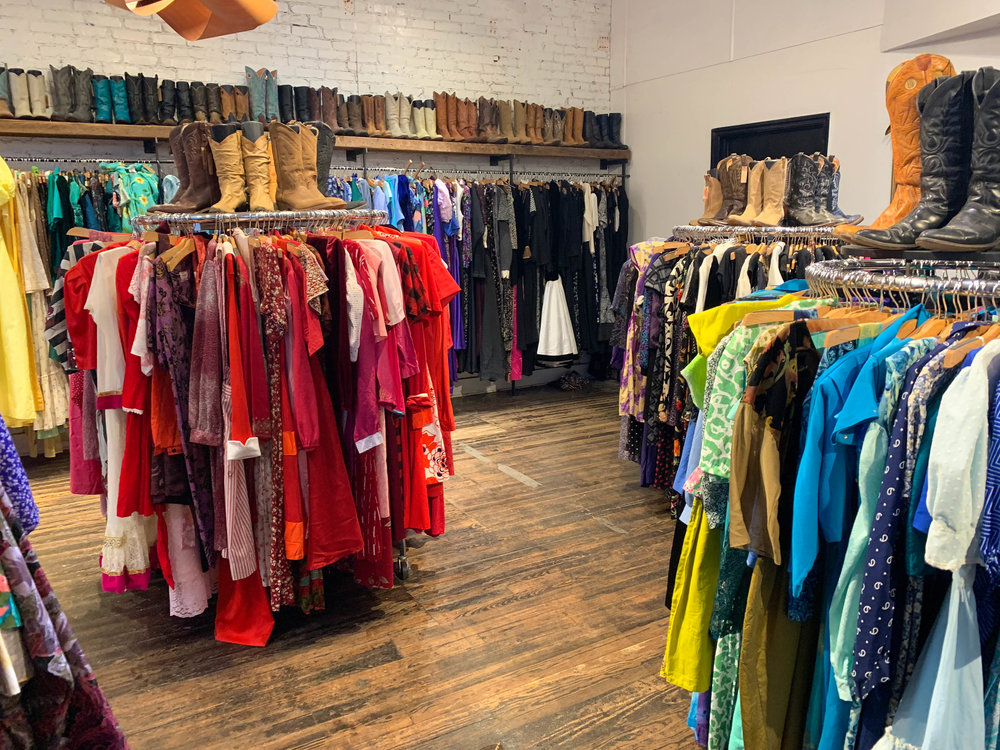Some Known Facts About "The Power of Accessories: Elevating Your Outfit with the Right Additions".

The advancement of women's fashion trend is a fascinating topic that reaches centuries. Over opportunity, fashion trend has been determined by social, social, and historical occasions. From the bodices of the Victorian time to the flapper gowns of the 1920s and beyond, women's style has gone through significant improvements.
The Victorian era, which spanned coming from 1837 to 1901, was identified by conservative apparel for women. The hourglass body was strongly valued throughout this opportunity period, and bodices were worn to obtain it. Women's outfits featured higher necklines with long sleeves and full skirts that emphasized their little waists. Add-ons such as handwear covers, hats, and parasols were likewise an essential part of women's fashion throughout this time.
As the 20th century moved toward, women's manner started to shift towards more functional styles. The Edwardian time (1901-1910) saw a parting from selective apparel such as corsets in favor of looser-fitting garments that enabled for more activity. Women started wearing blouses along with dress instead of outfits and started combining even more masculine aspects in to their attire.
The 1920s took about considerable modifications in women's style with the growth of flapper society. Flappers were youthful women who opposed against standard gender functions by cutting their hair quick and wearing much shorter hemlines that showed off their legs. Dresses became straighter and much less form-fitting throughout this time period as effectively.
In the 1930s, Hollywood prestige affected women's fashion with bias-cut dress that draped over a lady's contours instead than restricting them like previous designs had carried out. This years also saw a profit to womanly shapes along with cinched midsections and total skirts.
World War II had a substantial influence on women's fashion as cloth shortages led to allocating in lots of countries. Energy garments became preferred during this time time period along with simple designs produced from functional products such as cotton and woollen. After View Details finished, Christian Dior's "New Look" debuted in 1947 and marked a profit to even more spectacular style with full dress, nipped-in midsections, and feminine details.
The 1960s brought about significant changes in women's fashion along with the appearance of young people lifestyle. Modern fashion, characterized through colorful prints and small dress, was promoted by images such as Twiggy and Mary Quant. The hippie motion also affected manner in the course of this time duration along with its bohemian aesthetic including loose-fitting clothing created from natural components such as cotton and linen.

The 1980s saw a return to power suiting up with solid shoulders and bold colors. Women's suits ended up being well-known for both job and official celebrations, often featuring overstated shoulder pads. As the decade progressed, thug rock-inspired styles became more rampant along with natural leather jackets, ripped jeans, and studded accessories.
In recent years, women's style has become extra assorted than ever before in the past. The surge of social media has enabled for better visibility to different styles coming from around the world. Fashion fads are no longer determined entirely by designers but are shaped by influencers on platforms such as Instagram and TikTok.
In final thought, women's fashion trend has undergone notable changes throughout past history due to social, popular, and historical occasions. Coming from corsets to mini skirts to power meets and beyond, each period has left behind its mark on women's style. As we relocate forward right into the future of manner, it will definitely be interesting to view how present activities carry on to mold what we use.
